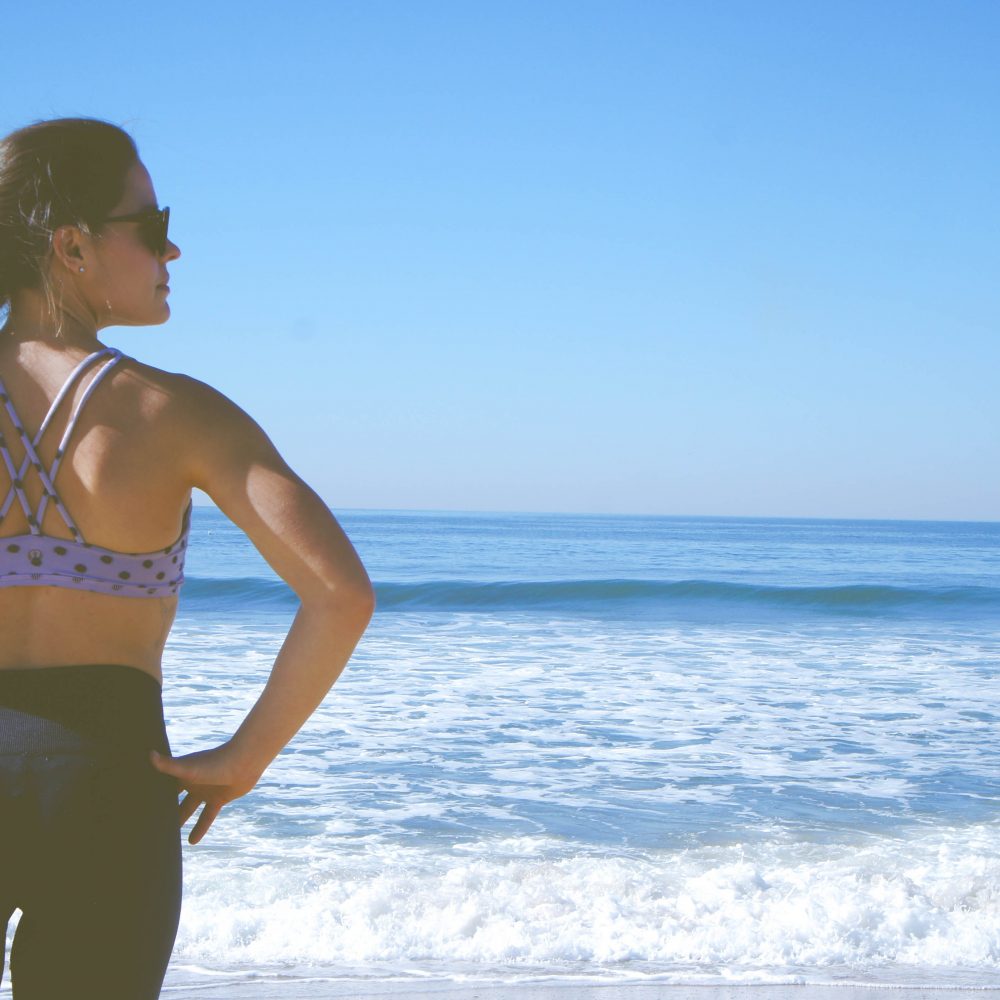
Buns of Steel: The Other Glute Max
Everyone knows that a strong glute max adds quality of life. Buns of Steel did not become a popular workout video for nothing. Not only that, but those who study exercise physiology know that strong glutes provide much more than aesthetics. Biomechanically they can help improve posture, activate the postural/anti-gravity system, and reduce the risk of injury to the low back and lower extremity. Metabolically, large muscles can burn a substantial amount of calories and provide significant strength.
Background
You have probably heard of the glute max (gluteus maximus for the scientific term). Fitness professions, physical therapist, massage therapists, and others also know about the gluteus medius and gluteus minimus. These muscles also play a role in proper posture and movement, but we can explore them some other time. Let’s go back to the gluteus maximus and take a closer look. The gluteus maximus is a huge muscle.
- It attaches from the top of the hip bone (surface of the ilium posterior to the gluteal line and posterior inferior surface of the sacrum and coccyx.
- It inserts into your ITband (that tight part of the outside of your thigh that your always foam rolling) and the back of your leg bone (the gluteus tuberosity of your femur bone). Ignore the parentheses unless you are a nerd.
- The glute max has two different actions: hip extension (moving your leg behind you). It also externally rotates (moves your foot and knee out).
Some now believe that the glute max is two muscles: the upper muscle which attaches to the ITband and externally rotates the hip and the lower glute max which attaches at the back of the leg and extends the hip.
Why do we think this?
For starters, researchers found that in the initial stages of hip osteoarthritis (OA), the upper glute max gets larger in size while the lower part of the glute gets small (1). As the OA progressed, the upper glute max also became small on the affected side, while the upper glute max became large on the unaffected side. Researchers (2,3) also found that extensor strength decreases on the side of OA. This leads researchers to believe that the upper glute max may not be good for preventing OA and could even contribute to (or least be present during) its development.
So why does it matter?
Part of the reason it matters is that many professionals use both external rotation and hip extension to strengthen the glute max. But what if the upper glute max compensates for the lower glute max? What if when we externally rotate, we inhibit the extensor action of the lower glute med? Stand up and feel your glutes for a second. If you are like many people, you may notice that the upper glute max feels pretty strong and active. The lower glute, however, may not have as much tone or bulk. So what if a lot of that glute work we do actually inhibits part of the muscle? What if the strength we develop in the upper glute max actually contributes to poor posture, sway back, and painful IT bands?
So what do you do?
For starters, let’s learn how to activate the lower glute max (LGM).
- Stand up straight and at ease. Gently pull in your core without squeezing your glutes.
- If you can, have someone palpate your lower glutes, and slowly bend forwards.
- At a certain point, you will feel the lower glute activate. YEAH!!
- From this position, you can add in an exercise:
- Step downs
- Side, front, and lateral taps
- Lunges
- External and internal rotation with a theraband
- If your back hurts, please stop. You may need to consult a physical therapist to show you how to do these exercises safely.
Also, don’t forget
You can easily incorporate these exercises into your routine. Of course, having a strong core and good posture also assists the hip. You can learn more about that here and here. The exercises for the hip can be a little more confusing and harder to understand. Also, some are easy to compensate (or cheat) while performing. It may be necessary to ask a physical therapist to check out your form. These exercises can help with your posture, and may even reduce the risk of developing osteoarthritis and hip pain in the future.
References:
- Grimaldi, et al. (2009). The association between degenerative hip joint pathology and size of the gluteus medius, gluteus minimus and piriformis muscles. Manual Therapy, 14( 6) , 605 – 610.
- Rasch, Byström, Dalen & Berg (2007). Reduced muscle radiological density, cross-sectional area, and strength of major hip and knee muscles in 22 patients with hip osteoarthritis. Acta Orthopaedica 48 (1).
- Arokoski,et al (2002). Hip muscle strength and muscle cross sectional area in men with and without hip osteoarthritis.
The Journal of Rheumatology, 29 (10) 2185-2195